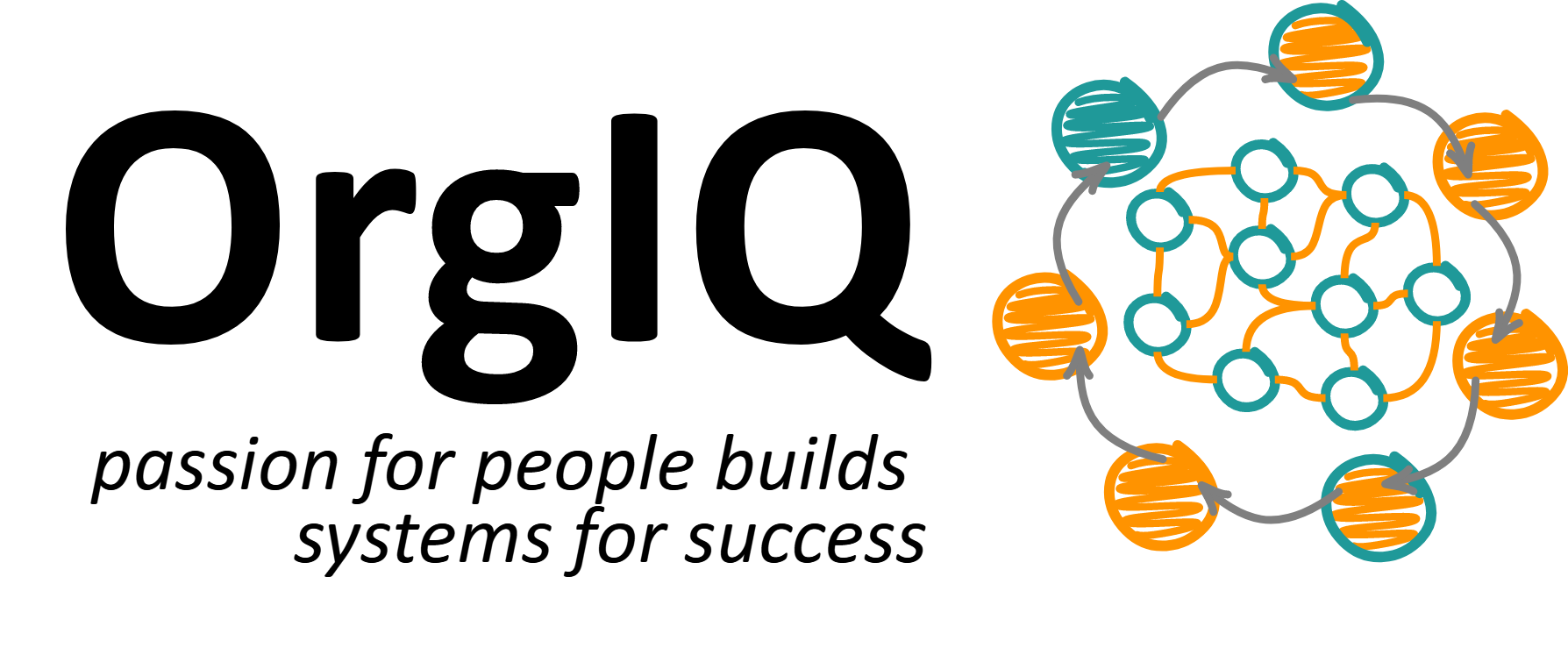In the quest to master the art of balancing competing demands in business, the role of mathematics, particularly through models like structural equation modeling and game theory, has become increasingly significant. These mathematical approaches not only support but enhance collaborative strategies in conflict management, offering a structured, quantifiable means to analyze and improve organizational dynamics.
The Role of Mathematical Models in Supporting Cooperation
Structural Equation Models
Structural Equation Modeling (SEM) provides a powerful tool for understanding the effects of various strategies in organizational settings. A key study using SEM demonstrated that cooperative approaches to conflict management significantly enhance team performance, in contrast to competitive strategies. This model helps quantify the dynamics of conflict management approaches, showing that cooperation leads to effective conflict resolution, which in turn fosters higher organizational productivity (Alper, Tjosvold & Law, 2000). By incorporating multiple variables and their interrelations, SEM offers a comprehensive view of the organizational impact of different conflict management styles.
Game Theory Models
Another pivotal mathematical model is game theory, which explores the outcomes of cooperative versus competitive strategies in conflict situations. Game theory models analyze the strategic decisions made by individuals or groups in an organization, helping to understand how these decisions influence overall outcomes. By studying these interactions, organizations can optimize collective benefits, leading to more effective conflict resolution and decision-making processes. This approach is particularly useful in scenarios where understanding competitive behaviors and strategic alliances is crucial.
Network Models and Organizational Balance
In addition to individual and group dynamics, organizations must manage complex networked relationships across various departments and stakeholders. Research in network models provides valuable insights into balancing these intricate connections.

Trust, Credibility, and Distrust Modeling (TCD Approach)
One innovative approach involves modeling trust, credibility, and distrust within organizational networks. This TCD approach integrates dynamic requirements engineering environments that combine structural analysis of strategic dependencies with planning, tracking, and communication activities (Gans et al., 2001). This model helps organizations visualize and manage the delicate balance of trust and skepticism necessary for effective collaboration and decision-making.
Distributed Algorithms for Quality of Service (QoS) Load Balancing
Research also extends into the technical realm of network load balancing, where distributed algorithms are used to allocate resources in a way that considers the quality of service. These algorithms rely on local information, which is critical in environments where the state of resources across the network isn’t easily accessible or predictable (Ackermann et al., 2009). Such models are crucial for optimizing network performance and resource allocation in real-time, ensuring efficient operations across the organizational spectrum.
Network Structural Equilibrium Using Evolutionary Multi-Objective Optimization
Another cutting-edge approach involves using evolutionary multi-objective optimization to address network structural imbalances. This method identifies and adjusts unbalanced edges within a network, ensuring that the entire system operates harmoniously (Cai et al., 2015). By applying this model, organizations can achieve a more stable and effective network structure, enhancing overall functionality and performance.
The Application of Bayesian Networks in Organizational Settings
Bayesian networks, too, play a crucial role in managing complex organizational requirements. These networks can optimize load distribution in software-defined networks (SDN), significantly improving resource management through deep reinforcement learning. By predicting the optimal actions for load distribution, Bayesian networks help manage network traffic and resource allocation efficiently (Shaikh, 2023).
Moreover, in the field of requirements engineering, Bayesian networks aid in managing the uncertainties and ambiguities often present in software project specifications (Del Águila & Sagrado, 2016). This application underscores the networks’ ability to handle complex dependencies and uncertainties, providing a robust methodology for decision-making under uncertain conditions.
Conclusion
The integration of mathematical models into organizational conflict management and decision-making processes is not just innovative; it is transformative. By leveraging structural equation models, game theory, and various network models, organizations can not only anticipate and manage conflicts more effectively but also enhance overall operational efficiency and team performance.
As we continue to explore and utilize these mathematical tools, the potential for achieving a balanced, productive, and harmonious organizational environment becomes not just a possibility but a reality.
But maybe you think “all this math is a lot of effort”. And you are right, but from the perspective of OrgIQ – to get smarter all the time – it is important to know what is out there. And there is a reason, why nearly nobody applies this stuff. It’s amazing, but to complicated. And because we are overwhelmed, we avoid the new stuff and stick to what we do since 80 years ago. This is not smart.
Let’s see in our next blog, how we can use all this stuff in an amazingly simple, and nearly no cost, way.

Leave a Reply